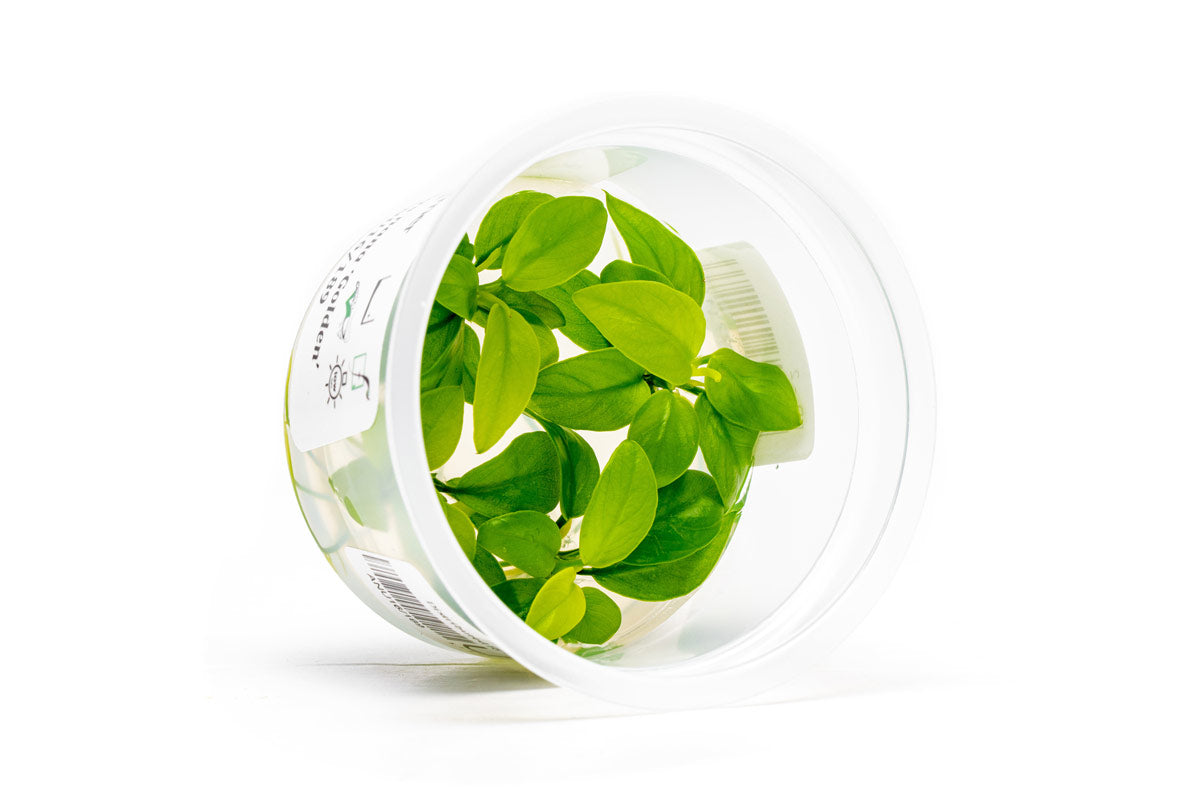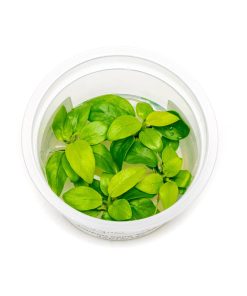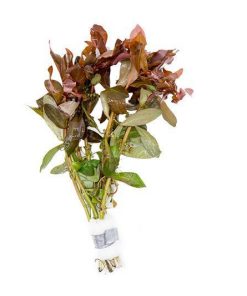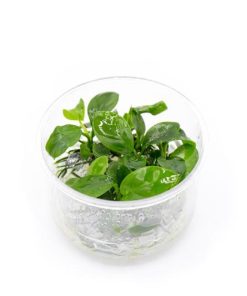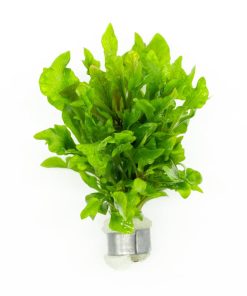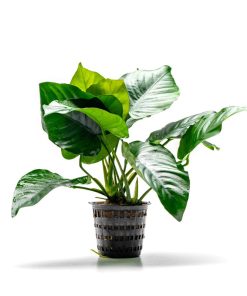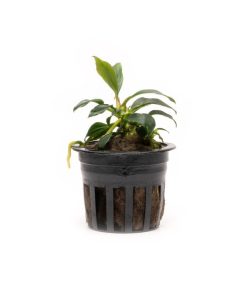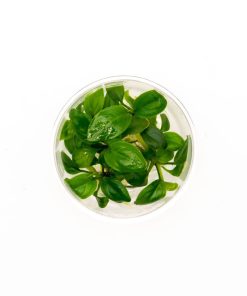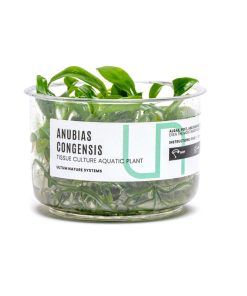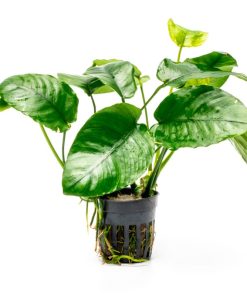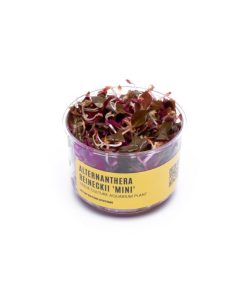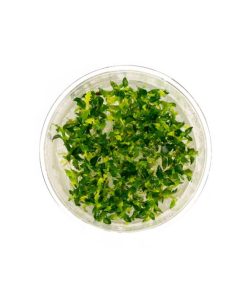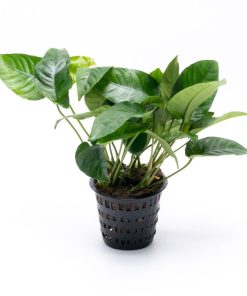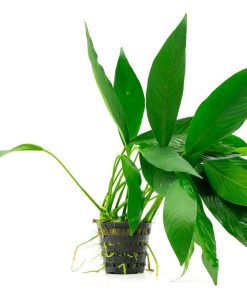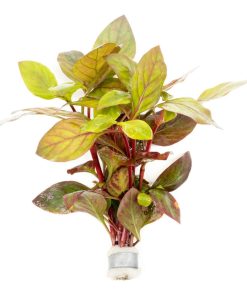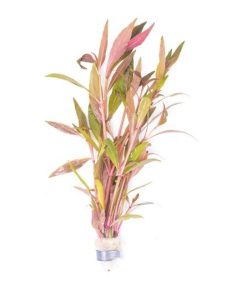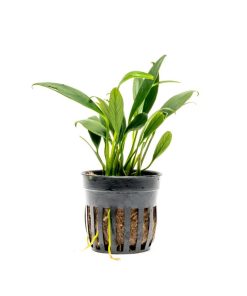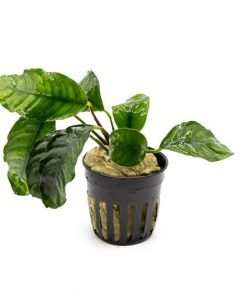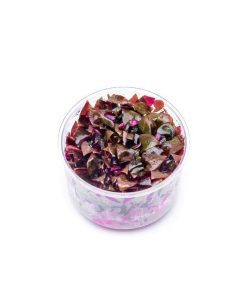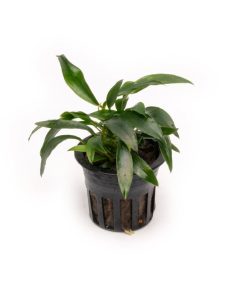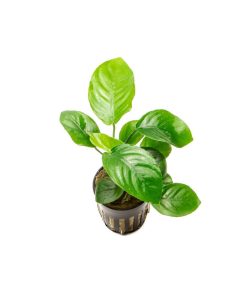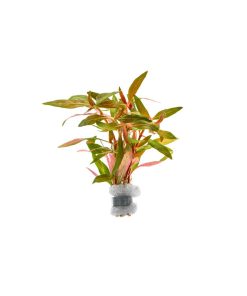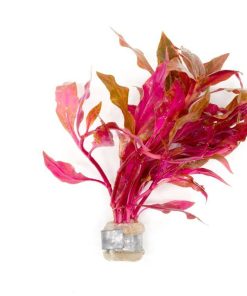Anubias Nana Golden Aquatic Farmer Tissue Culture Aquatic Farmer
$ 12,99 $ 7,79
Common Name: Anubias Nana Golden
This is the golden variant of the popular Anubias Nana. If you’re new to planted tanks and want to try growing for the first time, this is a good one to start with. It’s an extremely easy plant to grow and can survive a wide range of water parameters. Like other Anubias plants it can grow in both aquariums and terrariums either submerged or emersed.
Similar to other Anubias, Nana Golden can grow in aquariums, terrariums, and paludarium set ups, either submerged or emersed. Anubias are flowering plants that grow best when the rhizome is attached to a hard surface such as wood or stones. They have low to medium light requirements and can benefit from regular fertilization. CO2 is not necessary but can promote faster growth and more robust leaves. Since it’s a slow grower, the leaves are susceptible to algae growth if placed under high lighting.
Propagation is easy, cut apart the rhizomes and replant. Make sure to keep the rhizomes above your substrate or the plant can begin to rot.
Notes:
- Tissue culture plants are grown in vitro from a state of the art laboratory specialized in propagating aquatic plants. They provide the best option for those who want to ensure that absolutely zero unwanted pests are introduced into the aquarium.
- Remove tissue culture gel before planting. Simply wash the gel away or soak the plant in water and squeeze the gel off with your fingers.
- Do not make drastic changes to the aquarium. Unstable parameters will result in melt and rotting of the aquarium plant.
- These epiphytes can be planted above the substrate or attached to hardscape.
- Burying the rhizome, will cause the plant to melt and die
- For instructions on how to properly prep tissue culture aquarium plants, click here.
- CO2 injection and quality aquarium soil will yield better growth.
- These epiphytes can be planted above the substrate or attached to hardscape.
- Burying the rhizome, will cause the plant to melt and die.
Family Name: Araceae
Origin: West Africa
pH: 6-7.5
Care: Easy
Light: Low
Co2: Not necessary
Propagation: Separate by rhizome
Growth rate: Slow to moderate
Fast Shipping with Professional Packaging
Our long-standing relationship with UPS FedEx DHL and other carriers around the world allows us to offer various shipping options. Our warehouse staff are highly trained to package your goods exactly as per the specifications we provide. Your goods are thoroughly checked and secured properly prior to shipping. We ship to hundreds of thousands of customers daily in different countries. The fact that we're dedicated to becoming the largest online retailer in the World is obvious. Warehouses and distribution centers are located in Europe as well as the USA.
Please note that orders with more than one item are subject to a processing period that is based to the specific item.
Before shipping, all ordered products will be thoroughly inspected. Most orders are shipped within 48 hours. The time to deliver varies from 3-7 days.
Returns
The stock is dynamic and we do not completely manage it because multiple stakeholders are involved, including our warehouse and factory. The stock can change at any moment. Be aware that your order will be unable to fill once you've placed your order.
Our policy runs for 30 days. If you don't receive your product within the 30 days period, we are not able to provide a refund or an exchange.
The item must not be used, and it must be in its original condition. The item must be in its original packaging.
Related products
Aquatic Plant
Aquatic Plant
Aquatic Plant
Aquatic Plant
Aquatic Plant
Aquatic Plant
Aquatic Plant
Aquatic Plant
Aquatic Plant
Aquatic Plant
Aquatic Plant
Aquatic Plant
Aquatic Plant
Aquatic Plant
Aquatic Plant
Aquatic Plant
Aquatic Plant
Aquatic Plant
Aquatic Plant
Aquatic Plant
Aquatic Plant
Aquatic Plant
Aquatic Plant
Aquatic Plant
Aquatic Plant
Aquatic Plant
Aquatic Plant
Aquatic Plant
Aquatic Plant
Aquatic Plant


